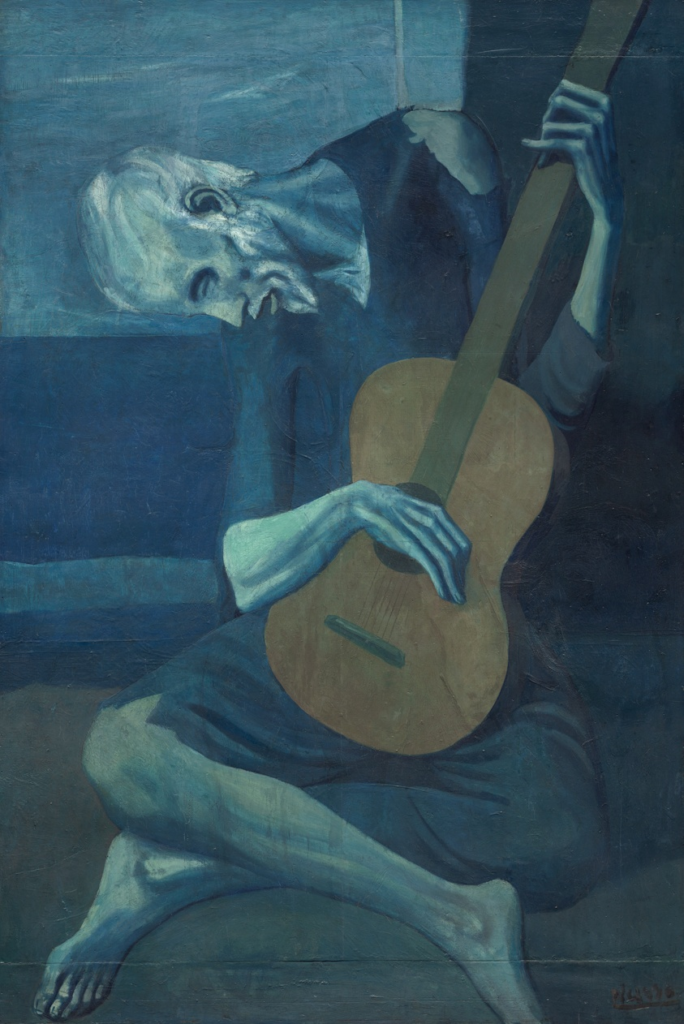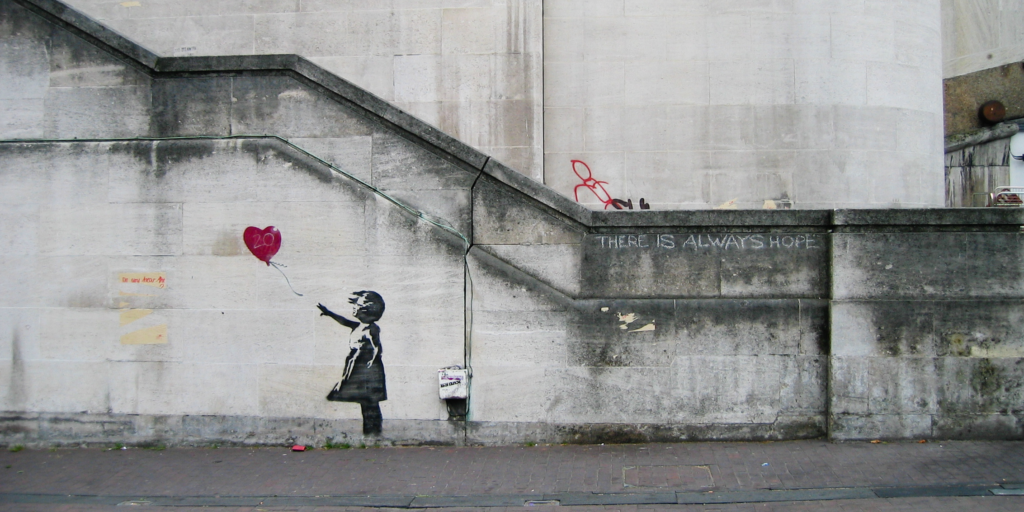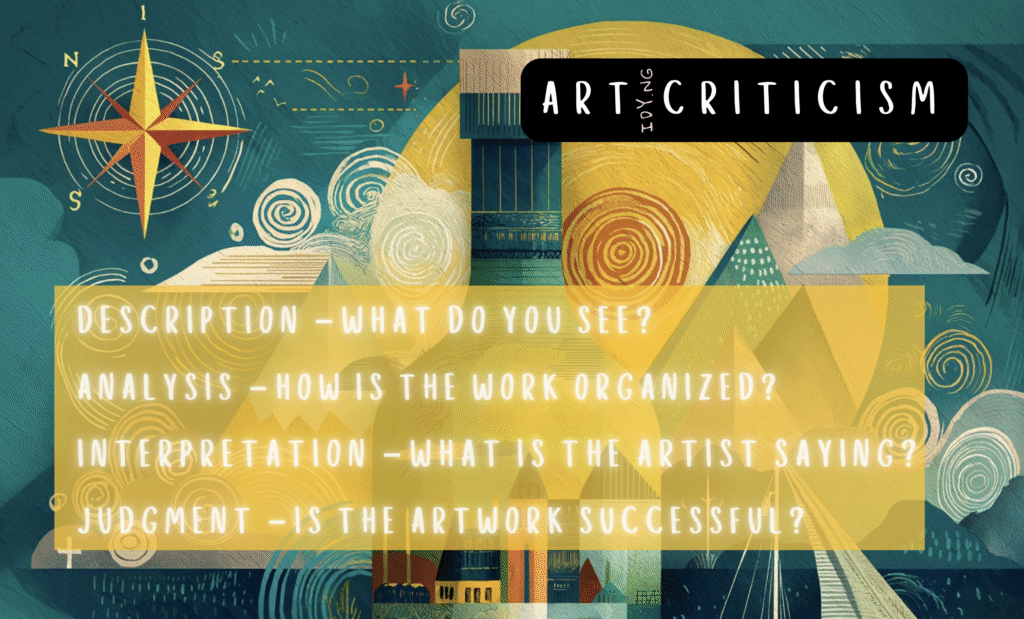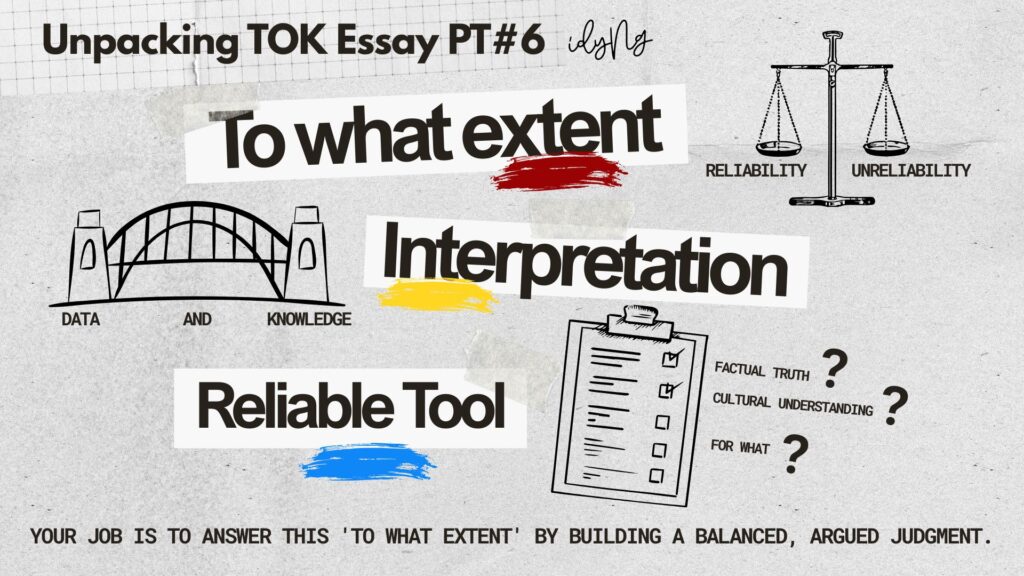by Idy NG | IBDP Visual Arts Examiner

Integrating Theory into Practice
In the International Baccalaureate (IB) Diploma Visual Arts program, students engage in a profound exploration of visual arts that transcends mere creation. The dual perspective of audience and artist allows for a rich dialogue about the impact of theoretical practice on the understanding and appreciation of art. This intersection not only deepens the artistic experience but also fosters critical thinking and contextual awareness.
The Audience Perspective
As an audience member, the appreciation of visual arts is often shaped by context—historical, cultural, and social. Theoretical practice provides frameworks through which viewers can analyze and interpret artworks.
Contextual Analysis
For example, consider the work of Pablo Picasso during the Blue Period. Understanding the socio-economic struggles of early 20th-century Europe allows audiences to connect with the themes of sorrow and alienation in his paintings. A viewer familiar with this context can appreciate how Picasso’s experiences influenced the emotional depth of works like The Old Guitarist.

© 2018 Estate of Pablo Picasso / Artists Rights Society (ARS), New York
Similarly, an audience aware of the Harlem Renaissance can engage with artists like Aaron Douglas, whose works often reflect themes of racial identity and cultural pride. Understanding this historical backdrop enriches the viewer’s interpretation of his piece Aspects of Negro Life, encouraging a dialogue about identity and social justice.

“Invincible Music: The Spirit of Africa” for “The Crisis” (1926). New York Public Library / Public Domain
Emotional Resonance
Theoretical frameworks help audiences grasp the emotional resonance of art. For instance, a viewer familiar with feminist theory might engage differently with Frida Kahlo’s self-portraits, such as The Two Fridas. This knowledge allows them to explore themes of dual identity and gender roles, deepening their emotional response to the artwork.

The Two Fridas, 1939 by Frida Kahlo
The Artist Perspective
For artists, theoretical practice is essential in shaping their creative processes and artistic identities. The exploration of various theories allows artists to position their work within broader conversations about society, culture, and history.
Concept Development
In the IB Visual Arts curriculum, students are encouraged to develop concepts rooted in theoretical exploration. For instance, Banksy, a contemporary street artist, uses his art to comment on social and political issues. By understanding the principles of Dadaism and political art, students can create works that challenge societal norms, much like Banksy does in pieces like Girl with a Balloon. This intentionality transforms art into a vehicle for social commentary.

Girl with Balloon – by Banksy, original mural on Waterloo Bridge in South Bank in 2004
Reflection and Growth
Engaging with theoretical practice prompts artists to reflect critically on their work. For example, Yayoi Kusama often reflects on her struggles with mental health through her art. By examining her creative choices through the lens of psychoanalytic theory, artists can explore how personal experiences influence artistic expression. This reflective process is crucial in the IB program, where self-evaluation and peer feedback are integral to artistic development.

I Would Overcome Death and Go On Living 2015 by Yayoi Kusama
Conclusion
The exploration of visual arts in the IB Diploma program through the lens of theoretical practice fosters a dynamic relationship between audience and artist. For audiences, it enhances understanding and appreciation, transforming the viewing experience into an active engagement with art. For artists, it provides the tools to create meaningful work that resonates on multiple levels. Ultimately, this interplay enriches the visual arts landscape, encouraging a deeper exploration of both the artwork and the context in which it exists.

For further analysis of this topic “Visual Arts in Context Through Theoretical Practice” within the framework of the IB Diploma Visual Arts program, here are some valuable resources:
- IB DP Visual Arts – The visual arts are an integral part of everyday life, permeating all levels of human creativity, expression, communication and understanding – IBDP Visual Arts Curriculum.
- The Art of Education University Podcast: This podcast episode explores the IB Visual Arts curriculum, discussing its structure, challenges, and the importance of contextual and theoretical understanding in art-making. It features insights from experienced educators in the field.
- IB Visual Arts Curriculum Guide: The official curriculum guide provides detailed information on the assessment criteria, including visual analysis and the importance of context in art. It outlines how students can engage with theoretical practices to enhance their artistic development.
- Articles on Contemporary Art Practices: Various articles and resources discuss how contemporary artists integrate theoretical frameworks into their work. These can provide examples of how artists like Banksy and Yayoi Kusama use theory to inform their artistic choices and engage with audiences.
- Books on Art Theory and Criticism: Texts such as “Art Theory: A Very Short Introduction” by Cynthia Freeland offer foundational knowledge on various art theories that can be applied to both audience interpretation and artistic practice.
- Online Art Platforms and Journals: Websites like Artsy and Artforum often feature articles and critiques that analyze artworks through different theoretical lenses, providing contemporary examples of how theory informs practice.
These resources will help deepen your understanding of how theoretical practice shapes both the creation and interpretation of visual arts in the context of the IB Diploma program.






